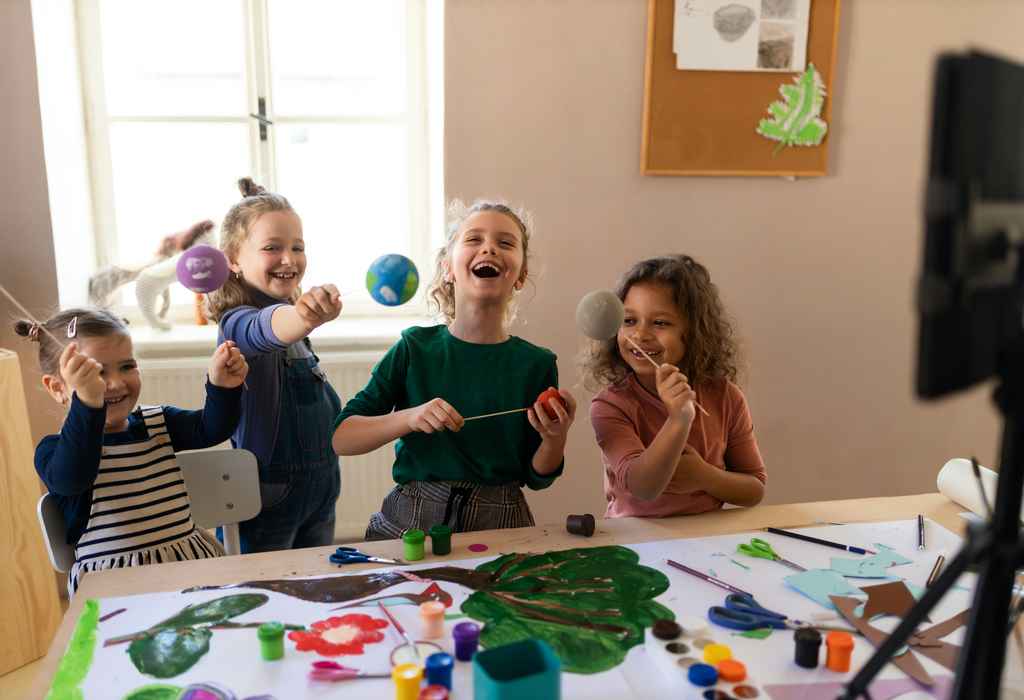Drs. J.M. (Marielle) de Reuver
- Nieuwe Achtergracht 129
- Kamernummer: 7.00
-
Postbus 15776
1001 NG Amsterdam
-
Personal background
I work as a as policy advisor for the Research Institute of Child Development and Education (RICDE) and Research priority Area Yield.
Originally I am a Mediterranean Archaeologist specializing in Etruscan architecture. After my graduation I studied a year in Rome with a grant from the Netherlands Institute in Rome and a semester in Oxford with a NWO travel grant.
The aim was to publish a collection of Etruscan architectural terracottas, but due to a conflict between the Italian and British government about the ownership of the collection, the research was complicated and I had to wait for a solution to the conflict. A preliminary publication appeared in 1997 (published as M. de Reuver, Archaic frieze plaques in the Ashmolean Museum in Oxford, Deliciae Fictiles II 1997, pp. 63-69). Finally in 2010 the collection and reconstruction of the roofsystem was fully published in ‘The architectural terracottas from Caprifico’, in D. Palombi (ed.) Il tempio arcaico di Caprifico di Torrecchia (Cisterna di Latina). I materiali e il contesto, Roma 2010.
In the mean time I worked as a project assistant at the Rijksmuseum van Oudheden in Leiden and as an exhibition coordinator at World Press Photo. I also worked free lance as a restaurator of metal objects (weaponry, coins, jewelry), ceramics and glass archaeological objects and as an illustrator for archaeological publications (ink drawings).
In Leiden I investigated how and where archeology was presented in education (primary and secondary), and the quality of educational material for museums. The outcome was published by Archeologisch informatie centrum as M. de Reuver, Archeologie op school : het aanbod in basis- en voortgezet onderwijs (72 pp.). This research instigated my interest in education and communication. Also in my work as an exhibition coordinator for WPPh I was particularly happy with the educational aspect of their mission to support and advance high standards in photojournalism and documentary photography worldwide and to strive for the free exchange of information.
In this respect my switch from archaeology to the field of education and child development seemed logical and I started as a research secretary for the Graduate School of Teaching and Learning at the UvA. From this position I grew into my current job as a policy advisor at the Research Institute of Child Development and Education.
I still work as free lance illustrator for archaeological publications.
-
About RICDE and Yield
Mission Research Institute of Child Development and Education (RICDE)
Our aim is to acquire and develop scientific knowledge in the field of child development and education, and to disseminate this knowledge within and outside the scientific community.
RICDE facilitates researchers to conduct high-quality fundamental research, to produce and disseminate scientific knowledge by national and international publication of research findings, and to have societal impact on policymakers, professionals, practitioners, and the society at large.
The research institute has two research programmes:
- The Research Programme Child Development (RPCD) includes empirical research on cognitive, social-emotional, and biological development, and the effects of contextual factors and interventions on child and adolescent development and behaviour (normal and abnormal);
- The Research Programme Education (RPEDU) includes empirical research on learning, learning disorders, and instruction, and the effects of learner characteristics, specific educational interventions and contextual factors on the acquisition and development of cognitive and social-emotional skills.
Research Priority Area Yield
Yield conducts multidisciplinary research on the bioecology of human development, from infancy to young adulthood, with perspectives from Medicine, Psychology, Pedagogics, Education, Communication, Economics, and Psychometrics.
Within the gene-environment interactions that shape human development, we distinguish developmental and contextual factors:
- developmental factors: biological (health), cognitive, and social-emotional factors
- contextual factors: family, peers, health care, child and youth care, school, media, cultural and socioeconomic factors.
RPA Yield focuses on human development from infancy to adulthood. Development is considered successful if a child grows up into an adult who fully participates in society.
-
Nevenwerkzaamheden
Geen nevenwerkzaamheden
